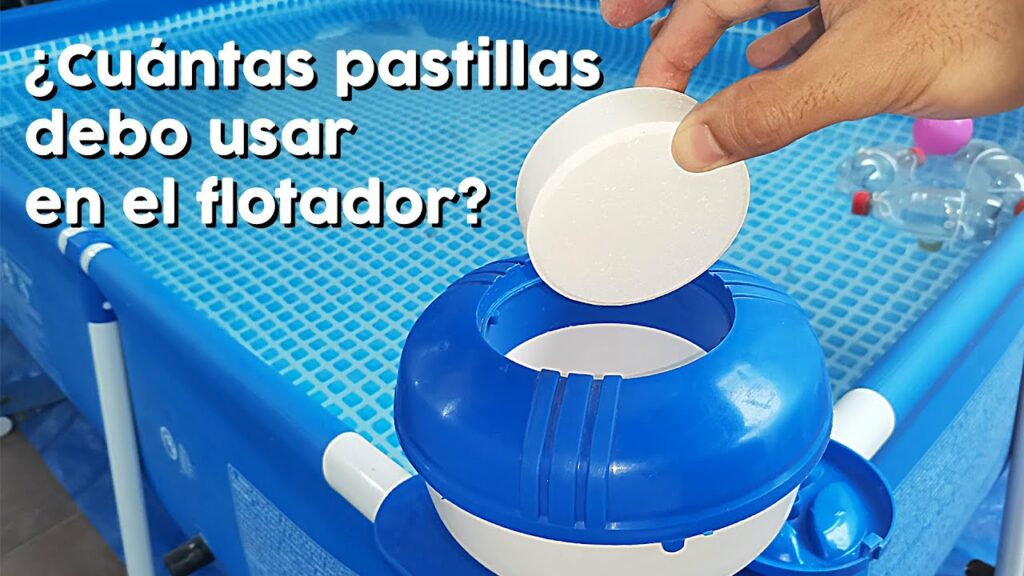Introduction
Having a swimming pool can be a great source of fun and relaxation. However, it is important to maintain it properly to ensure its safe and hygienic use. Chlorine is one of the main products used to keep a pool clean and free of germs and bacteria. But, what happens if you put too much chlorine in the pool?
What is chlorine?
Chlorine is a chemical element that is used in many products, such as household cleaning products and pool water treatments. It is an effective way to kill germs and bacteria, and it is also used to keep the water in the pool clean and clear.
Why is chlorine important for a pool?
Chlorine is an important element for a swimming pool. It helps to keep the water clean and clear, and it is also a disinfectant that helps to kill germs and bacteria. Chlorine also helps to reduce the growth of algae and other organisms that can contaminate the water.
What happens if you put too much chlorine in the pool?
If you put too much chlorine in the pool, it can have a number of negative effects. The most common effect is that it can cause irritation to the skin and eyes of swimmers, which can lead to redness, itching, and even burning. It can also cause the water to become cloudy and discolored, which can make it unpleasant to swim in. In addition, too much chlorine can cause the pH of the pool to become unbalanced, which can lead to other issues such as corrosion and scale build-up.
How much chlorine should you put in the pool?
It is important to follow the manufacturer’s instructions when using chlorine in a pool. Generally, you should aim to keep the chlorine levels between 1.0 and 3.0 parts per million (ppm). If you are unsure of how much chlorine to use, you should consult with a professional pool service provider.
Conclusion
Chlorine is an important element for keeping a pool clean and safe. However, it is important to be aware of the potential risks of putting too much chlorine in the pool. Too much chlorine can cause skin and eye irritation, cloudy and discolored water, and can even lead to unbalanced pH levels. To ensure that your pool is safe and enjoyable, it is important to follow the manufacturer’s instructions and to consult with a professional if you are unsure.

